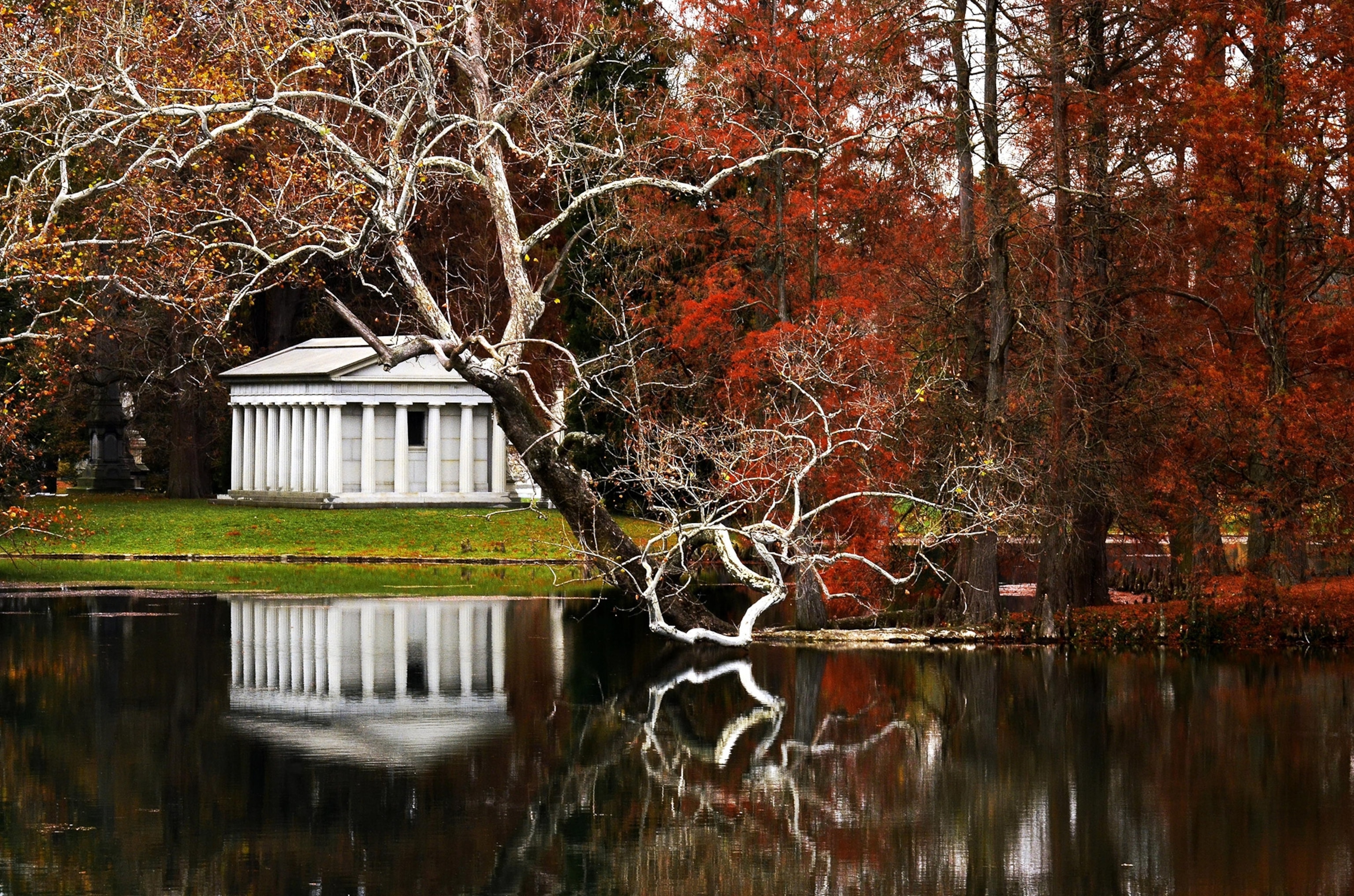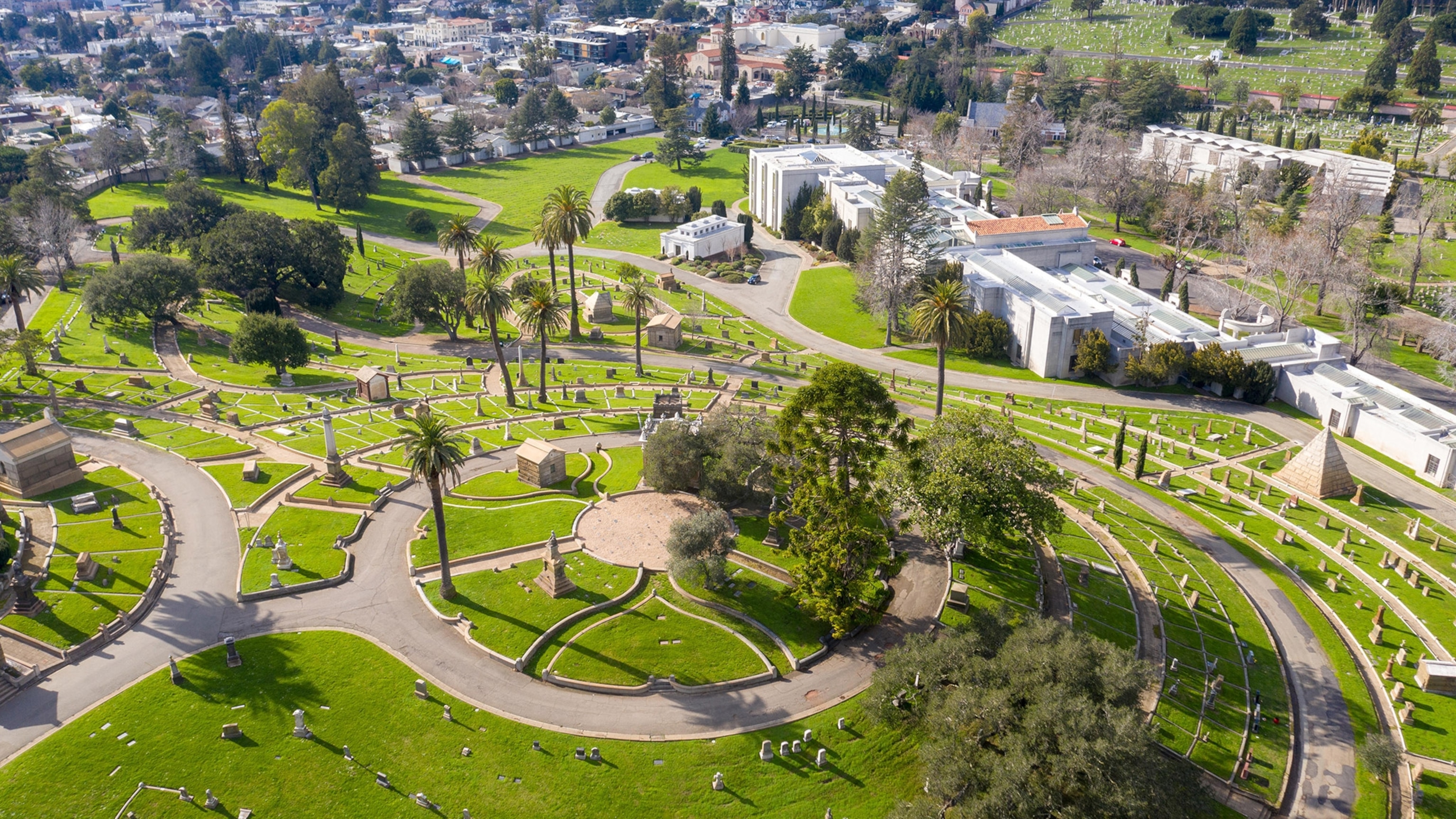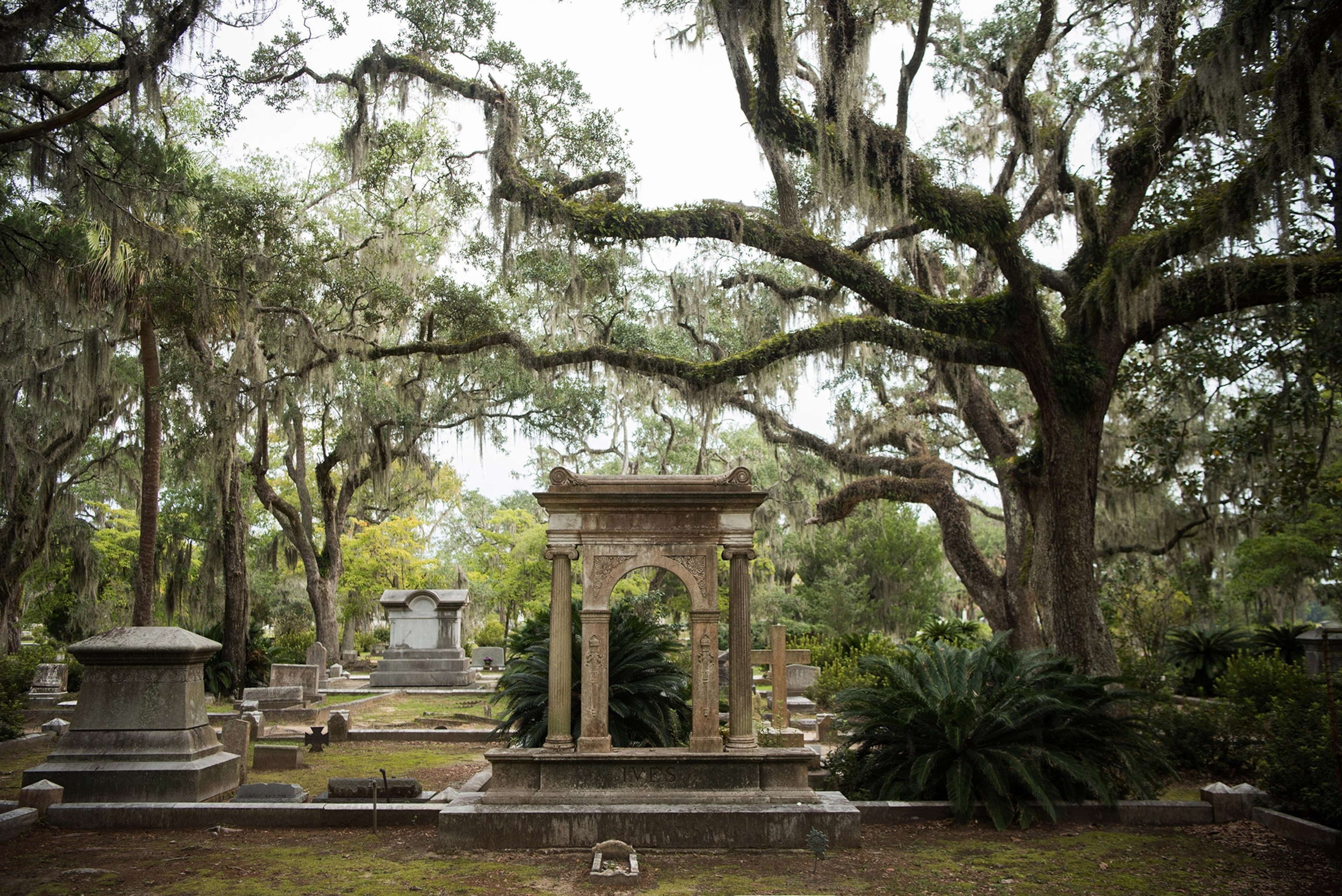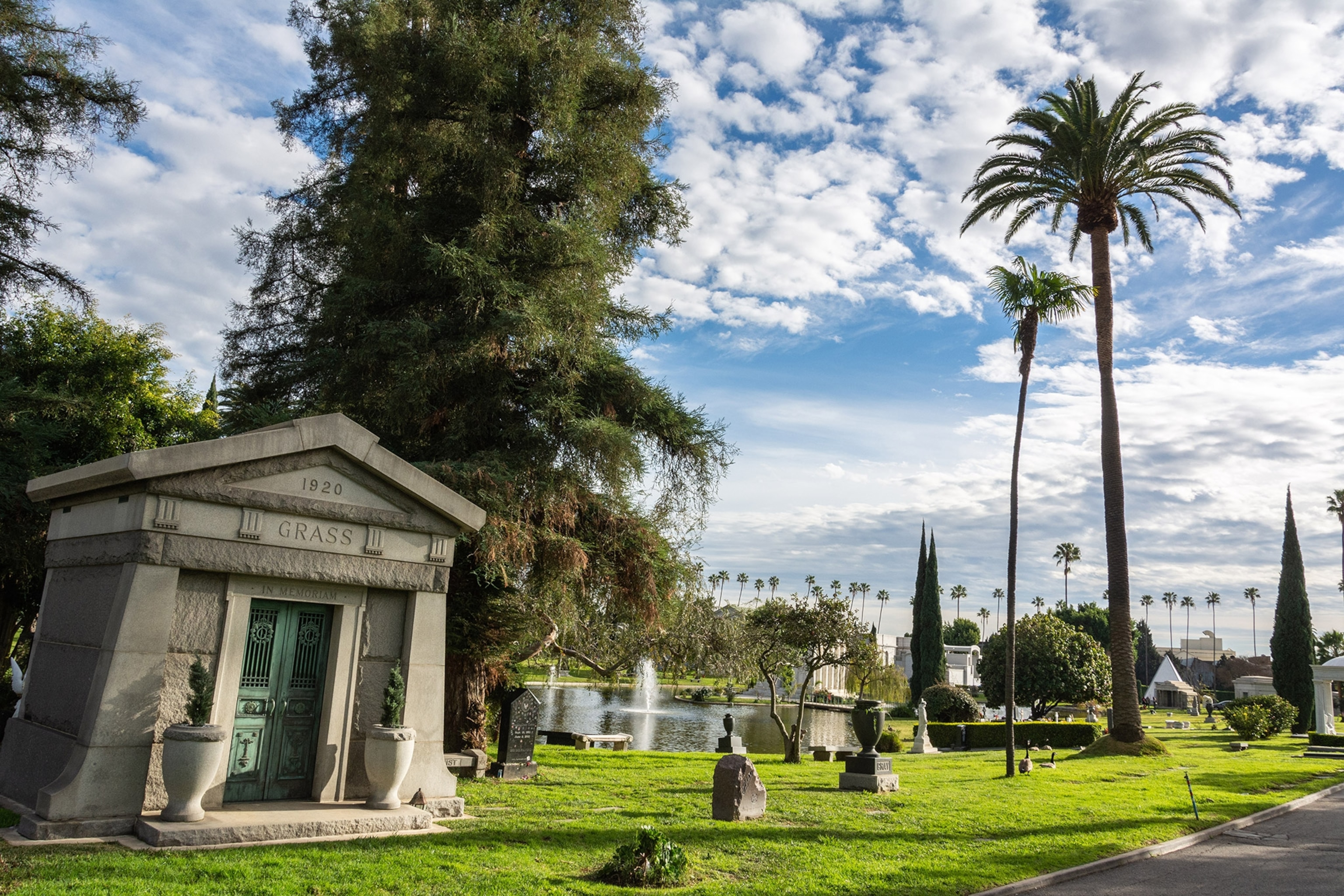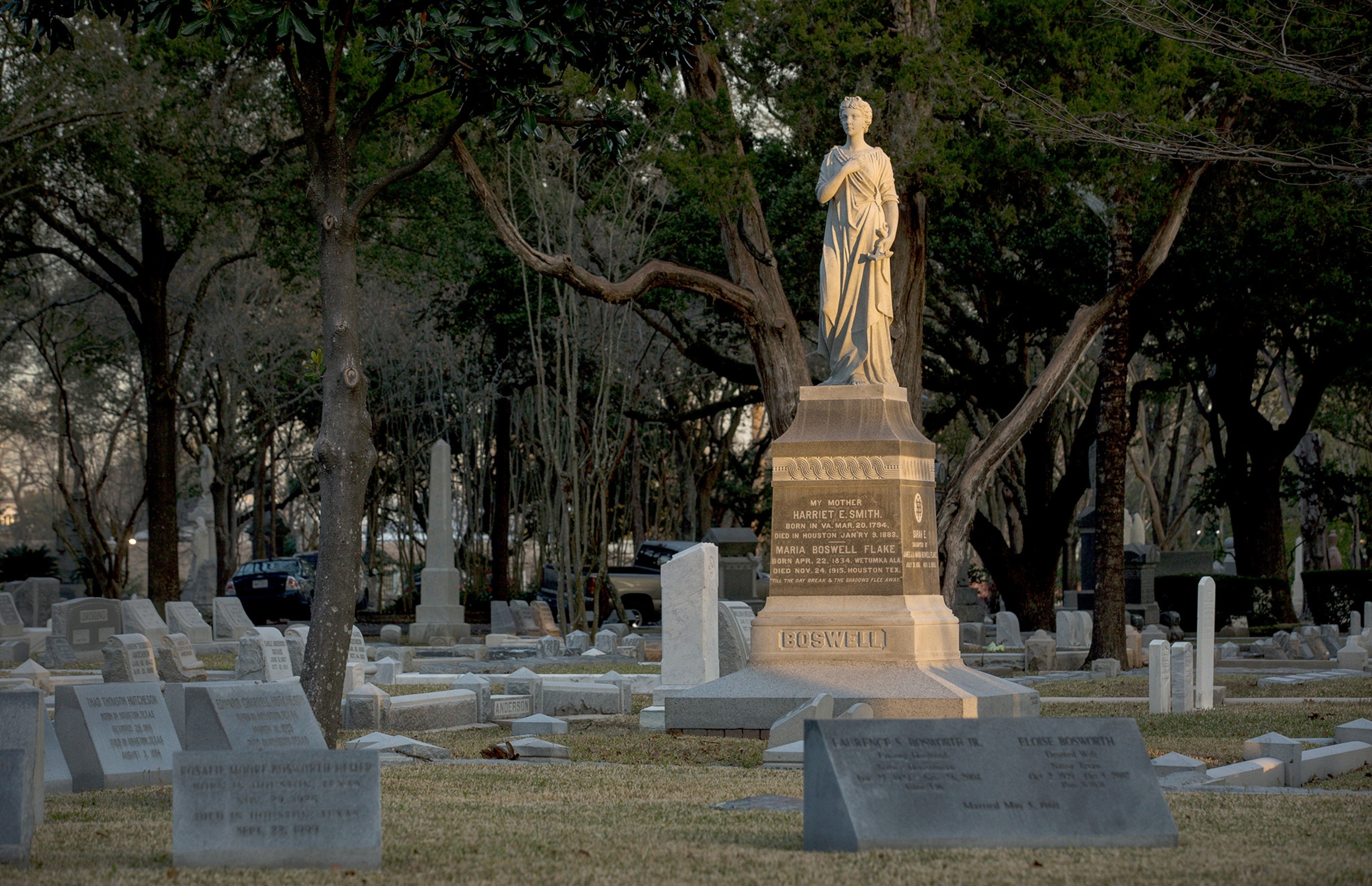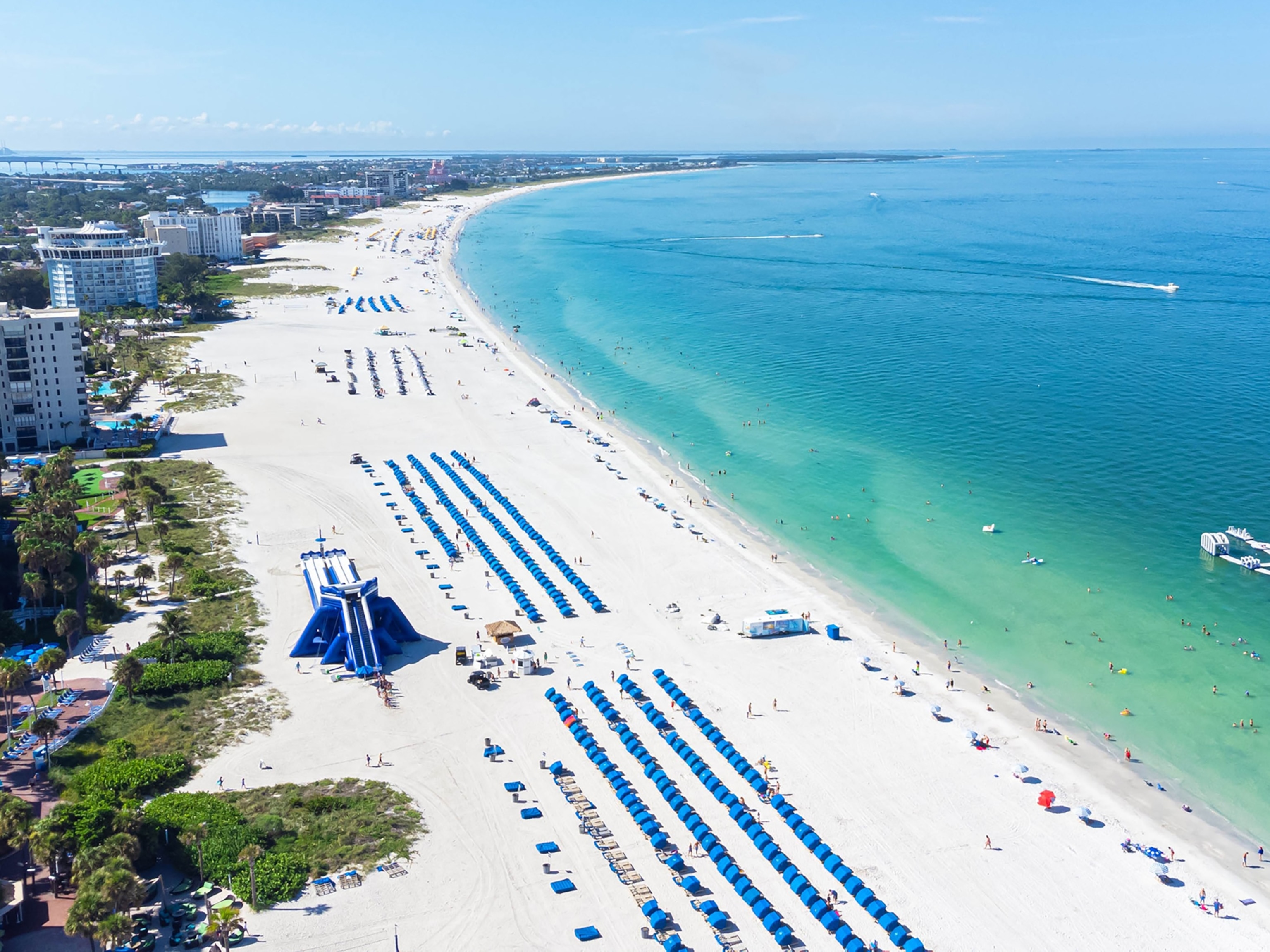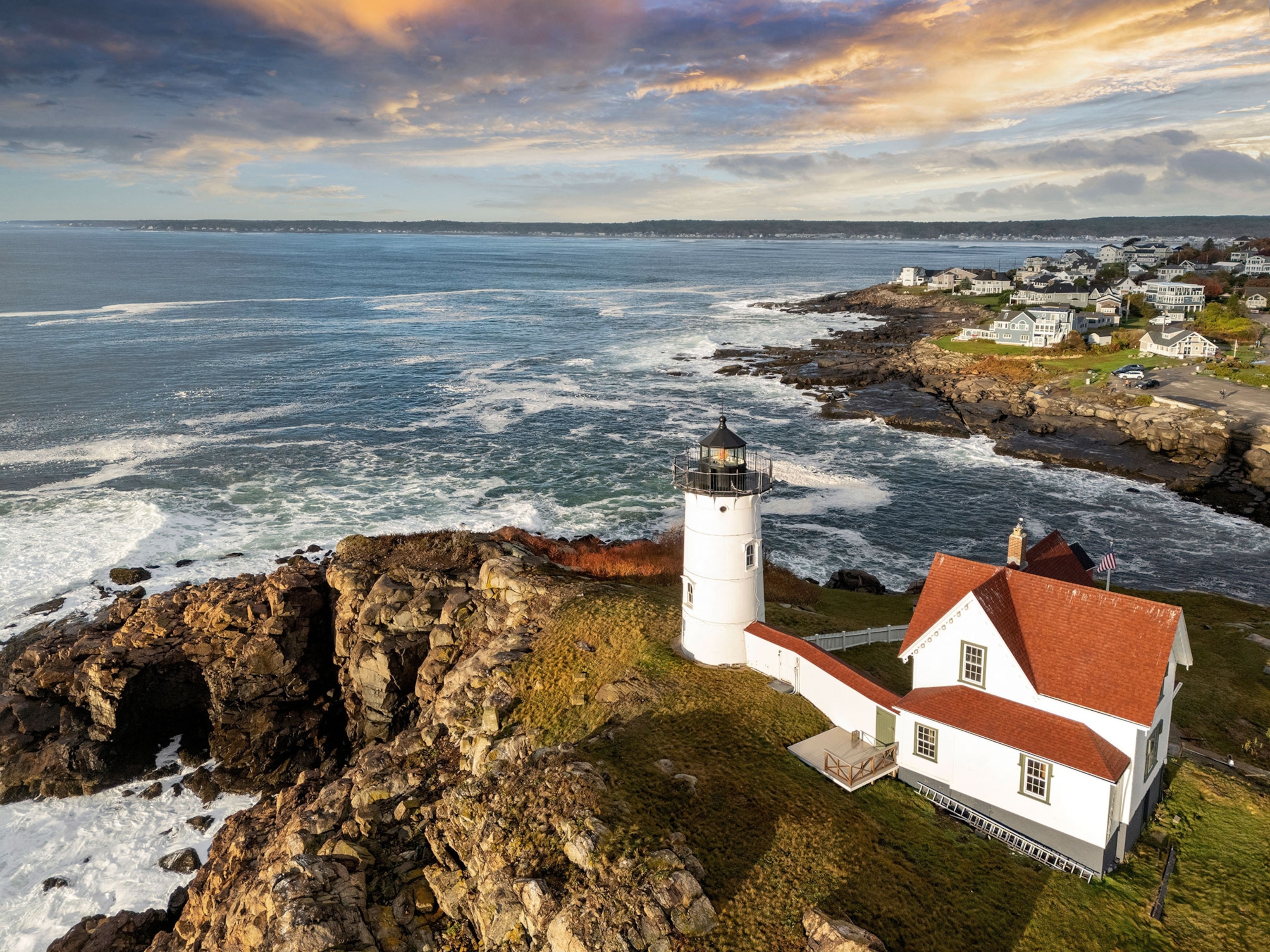Garden cemeteries were among America’s first urban parks
From Portland to Philadelphia, here are 10 historic cemeteries to see before you die.
Garden cemeteries were among the first public parks in the United States. Long before today’s sprawling, grid-like “memorial parks” were the norm, burial grounds were carefully designed green spaces as welcoming to the living as they were to the dead. Consistent with their purpose of encouraging meditative moments, these parks are defined by manicured landscapes, elaborate sculptures, and winding walkways.
This scenic style emerged in the early 19th century, when overcrowding in small urban burial grounds was linked to outbreaks of diseases including typhoid fever and cholera. The Victorian era’s high mortality rates meant that death was a familiar part of most people’s lives, creating a romantic culture of mourning. A more welcoming, pastoral style of cemetery fit right in with this accepting attitude towards death. (Visit Europe’s most beautiful cemeteries.)
Drawing picnickers and nature lovers, garden cemeteries were popular enough to inspire the introduction of modern-day urban parks. Eventually burial grounds in the United States’ became more basic and unornamented, more removed from people’s daily lives. But the original garden cemeteries still survive as urban oases—and as portals into history.
Here are 10 garden cemeteries around the country that are worth exploring.
- National Geographic Expeditions

